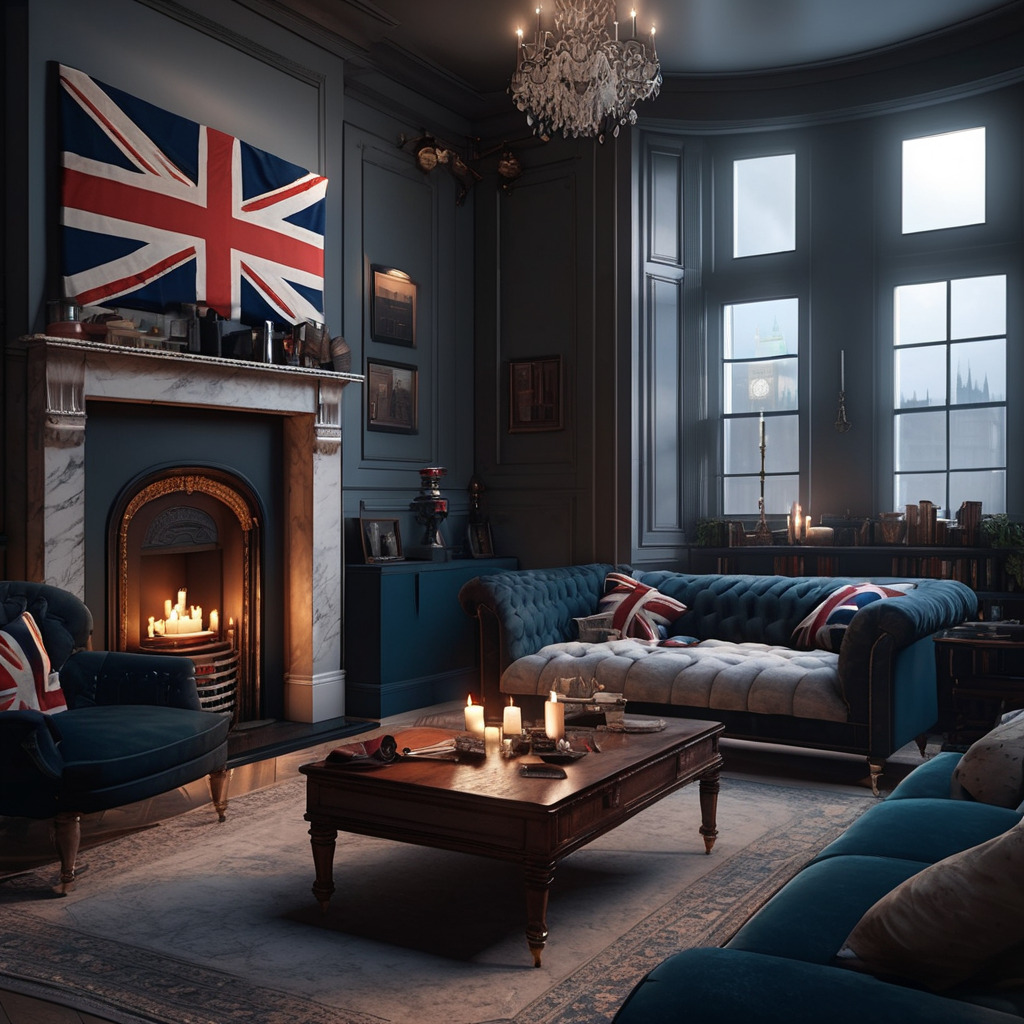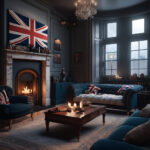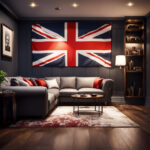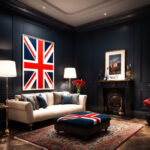Sleek and Chic: Minimalist Trends in London's Apartment Interior Design
The Appeal of Minimalism
In the bustling city of London, the appeal for minimalist interior design in apartments is rapidly increasing. The trend is driven by the desire for simplicity, functionality, and elegance. The minimalist design philosophy focuses on reducing elements to the essential, emphasizing clean lines, open spaces, and a limited color palette. This style allows homeowners to create a serene and uncluttered living environment amidst the city’s hustle and bustle.

The Process: Obtaining Planning Permission
While revamping your apartment with minimalist trends, it’s crucial to understand the process of obtaining planning permission for construction. In London, this can be a complex procedure. You can read more about it in this comprehensive guide on Obtaining Planning Permission for Construction in London, England UK. It’s important to remain compliant with local regulations, especially when making significant changes to your apartment’s interior design.
Color Palette: The Backbone of Minimalist Design
The minimalist color palette is typically made up of neutral and earthy tones. The goal is to create a calm and soothing atmosphere that promotes relaxation and tranquility. Light colors such as white, beige, and light grey are often used as the primary colors, while darker hues like black and navy blue serve as accent colors. The careful use of these colors can create a visually appealing and harmonious space.

Furnishing: Less is More
In minimalist design, the ‘less is more’ philosophy is not only applied to colors but also to furnishings. Furniture pieces are carefully selected for their functionality and simplicity. They are often characterized by clean lines and neutral colors. The goal is to eliminate clutter and create a sense of openness and space. The use of built-in storage solutions can further enhance the minimalist aesthetic while providing practical benefits.
Achieving Elegance: The Role of Minimalist Decor
Minimalist decor is a critical component in attaining the desired aesthetic. In minimalist design, decorative elements are intentionally kept to a minimum. When included, they typically serve a functional purpose beyond mere aesthetics. For instance, plants can introduce a touch of nature and enhance air quality, while mirrors can create the illusion of a more expansive space. Each item is thoughtfully selected to enhance the overall minimalist charm.


